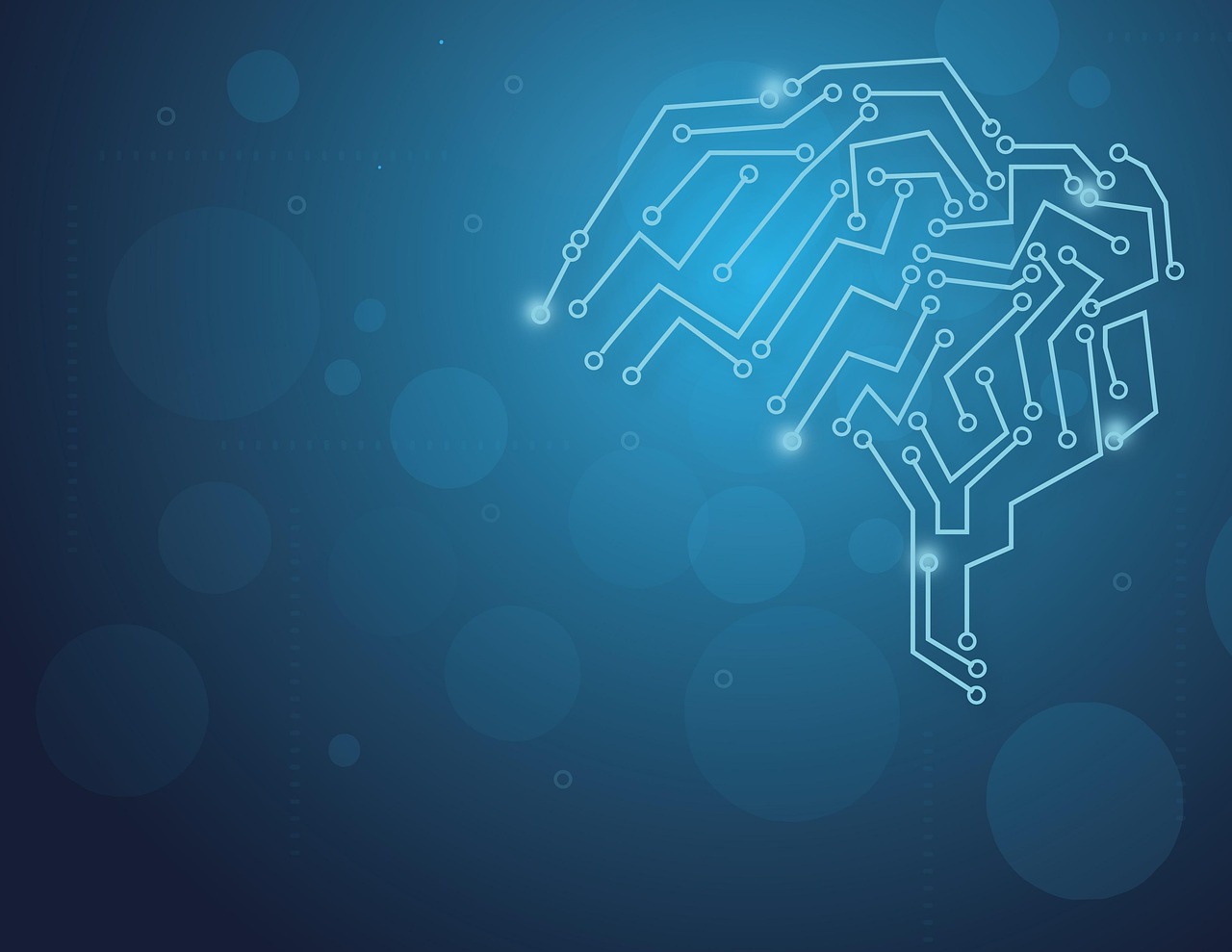Generative AI is rapidly transforming the digital landscape, offering unprecedented opportunities for creativity, automation, and innovation. From crafting compelling marketing copy to designing photorealistic images and composing original music, generative AI models are pushing the boundaries of what’s possible. This blog post dives deep into the world of generative AI, exploring its capabilities, applications, and potential impact on various industries.
What is Generative AI?
Generative AI refers to a class of artificial intelligence algorithms that can generate new content. Unlike traditional AI that focuses on analyzing or classifying existing data, generative AI creates novel outputs based on the patterns and structures it learns from training data. These outputs can take many forms, including text, images, audio, and even code.
How Generative AI Works
Generative AI models are typically based on neural networks, particularly deep learning architectures like:
- Generative Adversarial Networks (GANs): GANs consist of two neural networks: a generator, which creates new data instances, and a discriminator, which evaluates the authenticity of the generated data. These two networks compete in a game-like scenario until the generator produces realistic outputs that can fool the discriminator.
- Variational Autoencoders (VAEs): VAEs learn a compressed representation of the input data and then use this representation to generate new samples. They are particularly effective for generating diverse and continuous outputs.
- Transformers: These architectures, known for their ability to process sequential data, have revolutionized natural language processing. Models like GPT (Generative Pre-trained Transformer) use transformers to generate human-like text.
Examples of Generative AI Models
- GPT-4 (OpenAI): A powerful language model capable of generating human-quality text, translating languages, writing different kinds of creative content, and answering your questions in an informative way.
- DALL-E 2 (OpenAI): An image generation model that can create realistic images and art from text descriptions.
- Midjourney: Another popular image generation model known for its artistic and surreal outputs.
- Stable Diffusion: An open-source image generation model that offers more flexibility and customization.
- MusicLM (Google): A model that can generate high-fidelity music from text descriptions.
Applications of Generative AI
The applications of generative AI are vast and continue to expand as the technology evolves. Here are some notable examples:
Content Creation
- Marketing: Generative AI can assist in writing ad copy, creating social media posts, and generating email campaigns. For example, businesses can use GPT-4 to generate different versions of an advertisement to test which performs best (A/B testing).
- Art and Design: Artists and designers can use generative AI to create original artwork, design product prototypes, and generate visual effects. Consider the use of Midjourney or Stable Diffusion for creating unique visual assets for websites or branding.
- Entertainment: Generative AI is used to create video game assets, generate movie scripts, and compose music. For instance, procedural generation in video games uses AI to create diverse and expansive game worlds.
- Writing: Generate blog posts, articles, and even novels. Tools like Sudowrite are specifically designed to assist authors in the writing process.
Software Development
- Code Generation: Generative AI can automate the generation of code snippets, reducing development time and improving code quality. Tools like GitHub Copilot leverage AI to suggest code completions and generate entire functions.
- UI/UX Design: Generative AI can create user interface designs and prototypes based on user requirements. This can significantly speed up the design process and improve the user experience.
- Testing: Generate test cases and automatically identify potential bugs in software.
Healthcare
- Drug Discovery: Generative AI can design new drug molecules and predict their properties, accelerating the drug discovery process.
- Personalized Medicine: Generate personalized treatment plans based on individual patient data.
- Medical Imaging: Enhance medical images and assist in diagnosis.
Finance
- Fraud Detection: Generate synthetic data to train fraud detection models and improve their accuracy.
- Algorithmic Trading: Develop new trading strategies and optimize existing ones.
- Risk Management: Assess and mitigate financial risks by generating various scenarios.
Benefits of Using Generative AI
Adopting generative AI can bring significant benefits to businesses and individuals alike:
- Increased Efficiency: Automate repetitive tasks and free up human resources for more creative and strategic work. For example, using generative AI for content creation can significantly reduce the time spent on writing marketing materials.
- Enhanced Creativity: Explore new ideas and possibilities that might not have been considered otherwise. Artists and designers can use generative AI as a tool to spark their imagination and create unique and innovative works.
- Improved Personalization: Create personalized experiences for customers and users based on their individual preferences. Generative AI can be used to create personalized product recommendations, customized marketing messages, and tailored user interfaces.
- Cost Reduction: Reduce operational costs by automating tasks and improving efficiency. For instance, businesses can use generative AI to automate customer service inquiries, reducing the need for human agents.
- Faster Innovation: Accelerate the development of new products and services. Generative AI can be used to design new products, generate prototypes, and test new ideas quickly and efficiently.
Challenges and Limitations of Generative AI
Despite its immense potential, generative AI also presents several challenges and limitations:
- Data Bias: Generative AI models are trained on large datasets, and if these datasets contain biases, the models will likely perpetuate and amplify these biases in their outputs. This can lead to unfair or discriminatory outcomes.
- Lack of Control: It can be challenging to control the output of generative AI models, especially when generating complex content. This can result in outputs that are unexpected, undesirable, or even harmful.
- Ethical Concerns: Generative AI raises ethical concerns related to issues such as copyright infringement, misinformation, and the potential for misuse. For example, deepfakes created using generative AI can be used to spread false information or manipulate public opinion.
- Computational Resources: Training and running generative AI models can be computationally expensive, requiring significant resources and expertise.
- Quality Concerns: While generative AI models can produce impressive results, the quality of the generated content can vary significantly. It may require human oversight and editing to ensure accuracy and consistency.
Getting Started with Generative AI
If you’re interested in exploring the world of generative AI, here are some tips to get started:
- Experiment with Existing Tools: Start by using pre-trained generative AI models and tools, such as GPT-4, DALL-E 2, and Midjourney. These tools offer a user-friendly way to explore the capabilities of generative AI without requiring extensive technical expertise.
- Take Online Courses: Enroll in online courses and tutorials to learn about the underlying principles and techniques of generative AI. Platforms like Coursera, Udemy, and edX offer courses on deep learning, neural networks, and generative models.
- Read Research Papers: Stay up-to-date with the latest research and developments in the field of generative AI. Read research papers published in academic journals and conferences to learn about new algorithms, architectures, and applications.
- Join Online Communities: Connect with other AI enthusiasts and professionals in online communities and forums. Share your experiences, ask questions, and learn from others.
- Build Your Own Models: Once you have a solid understanding of the fundamentals, try building your own generative AI models using frameworks like TensorFlow and PyTorch. This will give you a deeper understanding of how these models work and allow you to customize them for specific tasks.
Conclusion
Generative AI is a transformative technology with the potential to revolutionize various industries. By understanding its capabilities, applications, and limitations, businesses and individuals can leverage generative AI to unlock new levels of creativity, efficiency, and innovation. While challenges remain, the future of generative AI is bright, and its impact on society will only continue to grow. Embrace the opportunities that generative AI offers and prepare to be amazed by its transformative power.




